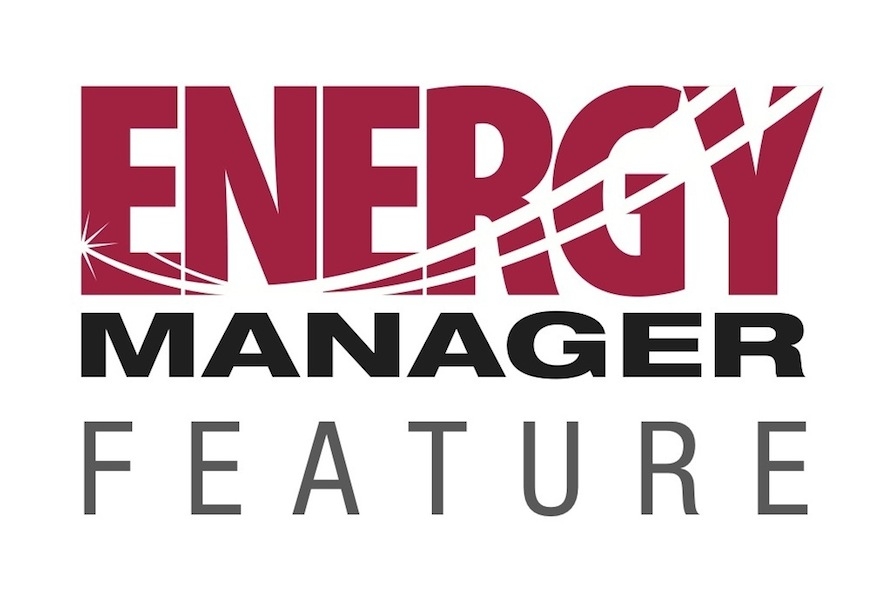
News
FEATURE – Power-hungry devices use $70B of energy annually
September 10, 2013 - A new analysis of devices and equipment commonly found in U.S. homes and businesses concludes that these products, with more than 2 billion in use, consume more energy each year than many large countries use to power their entire economies.
September 10, 2013 By ACEEE

Household devices, such as TVs, computers, and ceiling fans, and commercial equipment, such as elevators, icemakers, and MRI machines, use 7.8 quadrillion Btus each year, which is more than the primary energy use of Mexico, Australia, New Zealand, or 200 other countries, and is more than the amount of oil that the U.S. imports from the Persian Gulf and Venezuela each year. The findings come from a new report, Miscellaneous Energy Loads in Buildings, released by the American Council for an Energy-Efficient Economy (ACEEE).
The good news is that these devices could be made to use 40%-50% less energy with existing technology, according to the report lead author Sameer Kwatra. “If consumers upgraded to the most efficient products on the market today, we could save as much energy as Argentina uses in an entire year,” he said.
All together, these devices are referred to as miscellaneous energy loads, or MELs, because they do not fit into traditional energy-use categories such as refrigeration, HVAC, or lighting. This diversity has also meant that attempts to increase MELs’ energy efficiency have varied, with some products having very little or any efficiency measures in place.
While some of the devices, like ceiling fans and ice makers, are covered by federal energy efficiency standards, and others like TVs and computer monitors are covered under voluntary efficiency specifications like Energy Star, many more products in the MEL category continue to waste energy.
However, interest in improving standards is currently running high. Equipment like elevators and escalators, and medical devices like MRIs and CT scanners, present a huge energy savings opportunity. “It’s time to consider ways to make every power hungry device less wasteful,” said Steven Nadel, ACEEE’s executive director.
Besides establishing standards, the report recommends approaches include encouraging manufacturers to upgrade their products so that the best-performing ones now on the market become common. Utilities and other program administrators can also include MELs in their energy efficiency portfolios and behavioural initiatives can be developed to raise awareness and modify consumption habits.
“Just because a device doesn’t fit neatly into a product category is no excuse to waste a nation’s worth of energy,” said Jennifer Amann, ACEEE’s buildings program director. “Acting on the recommendations of this report will help energy consumers like businesses and residents put money back in their balance sheets and pocket books.”
***
This is an editted article from ACEEE.
Print this page